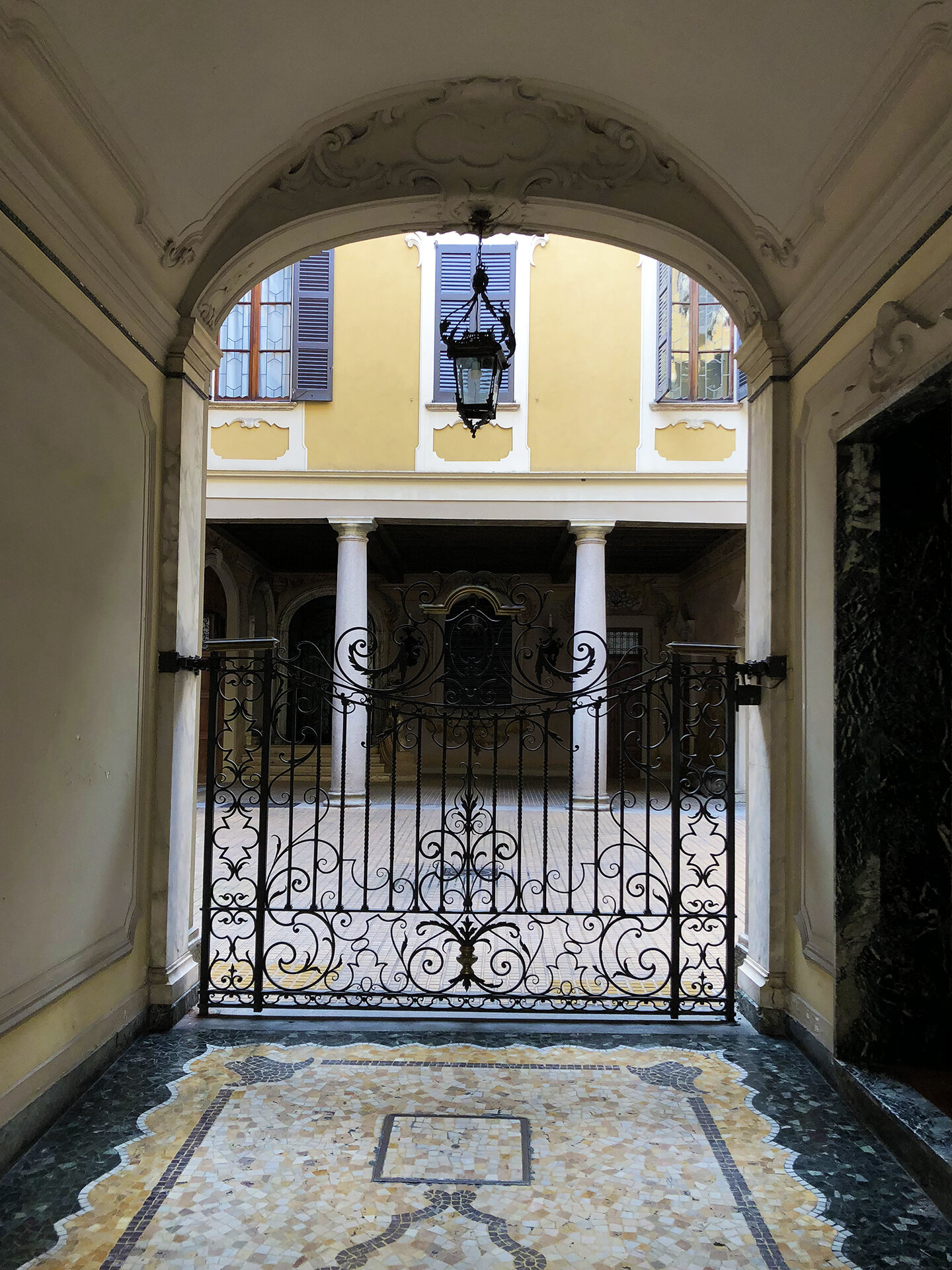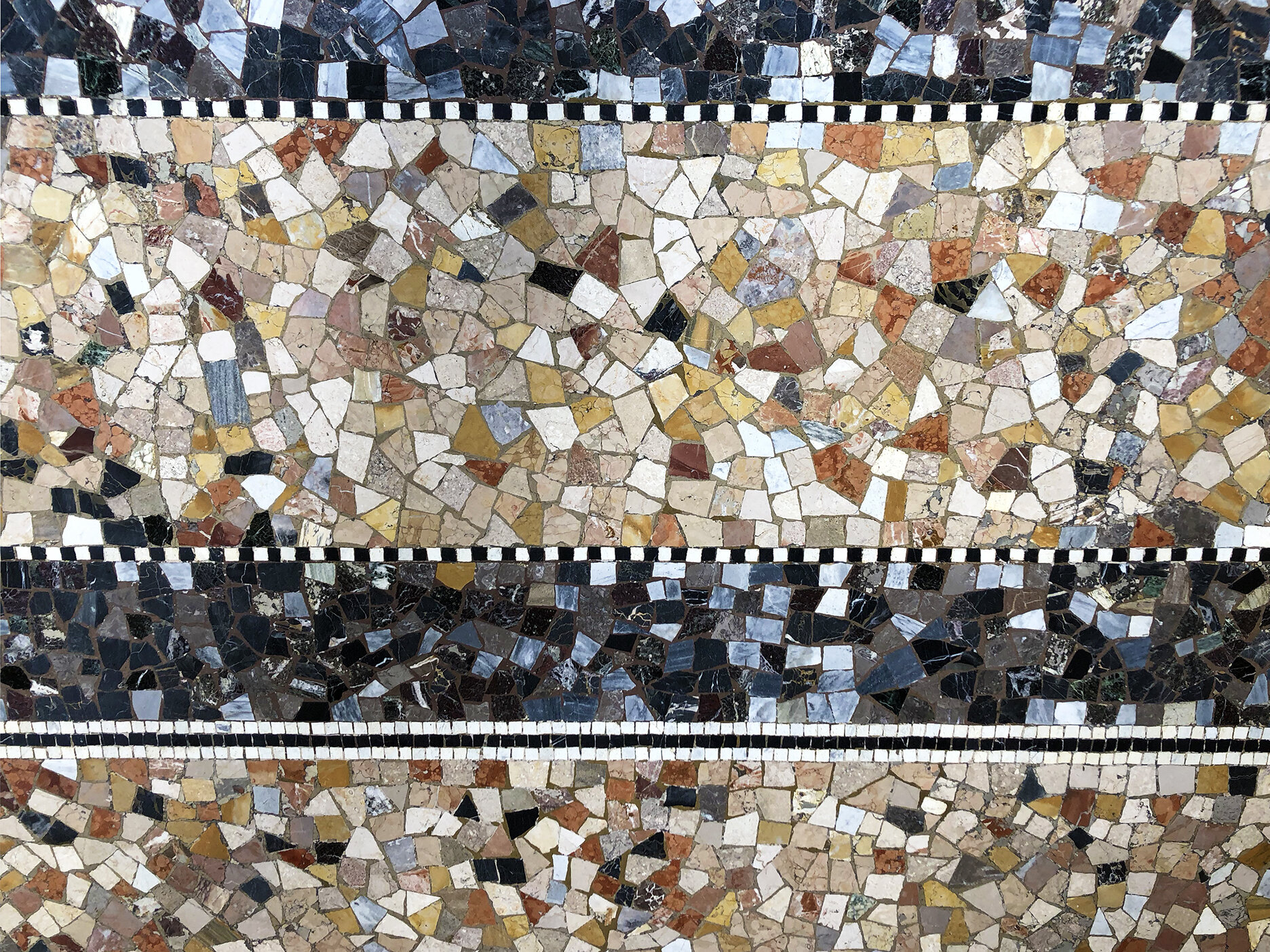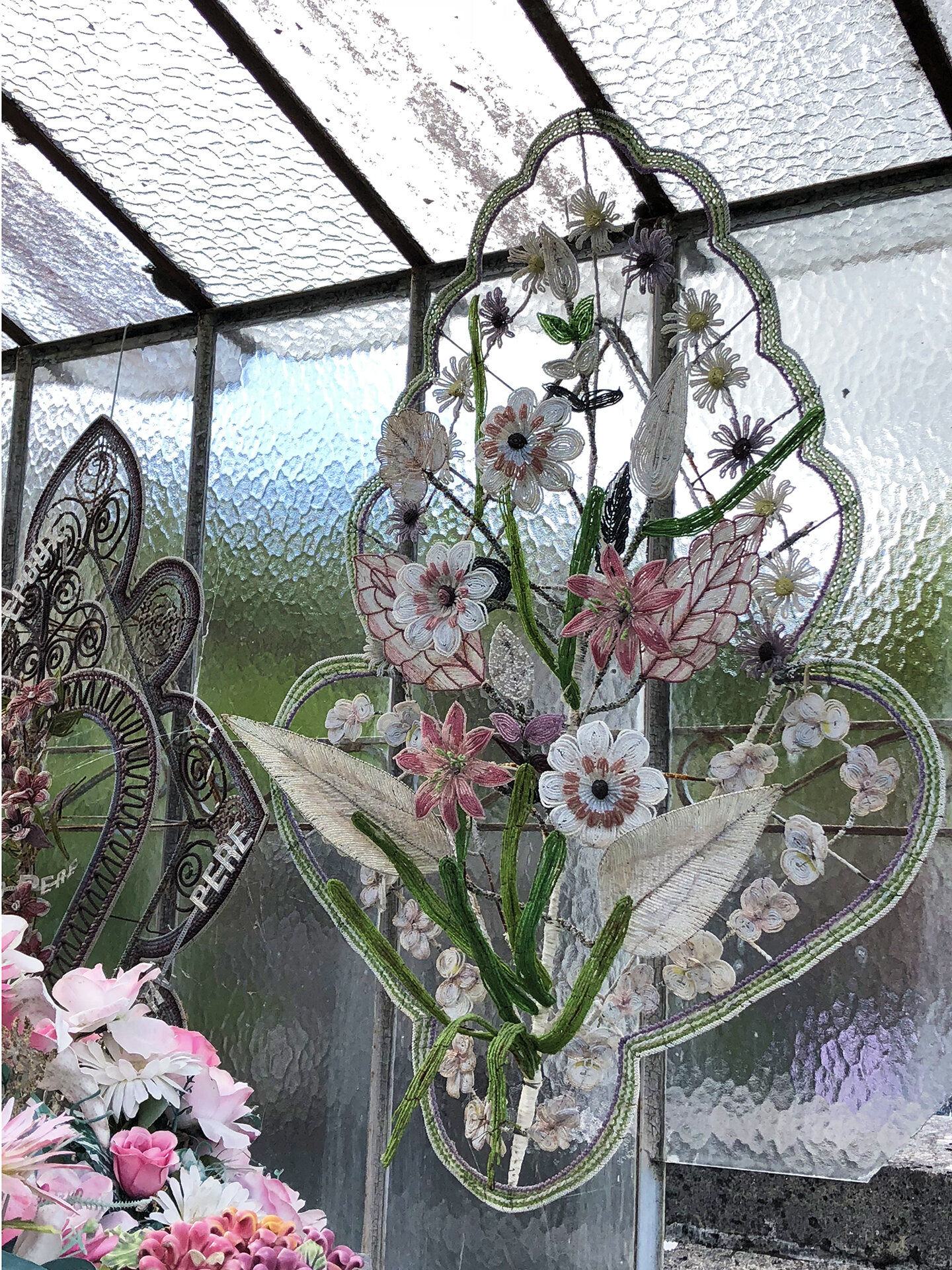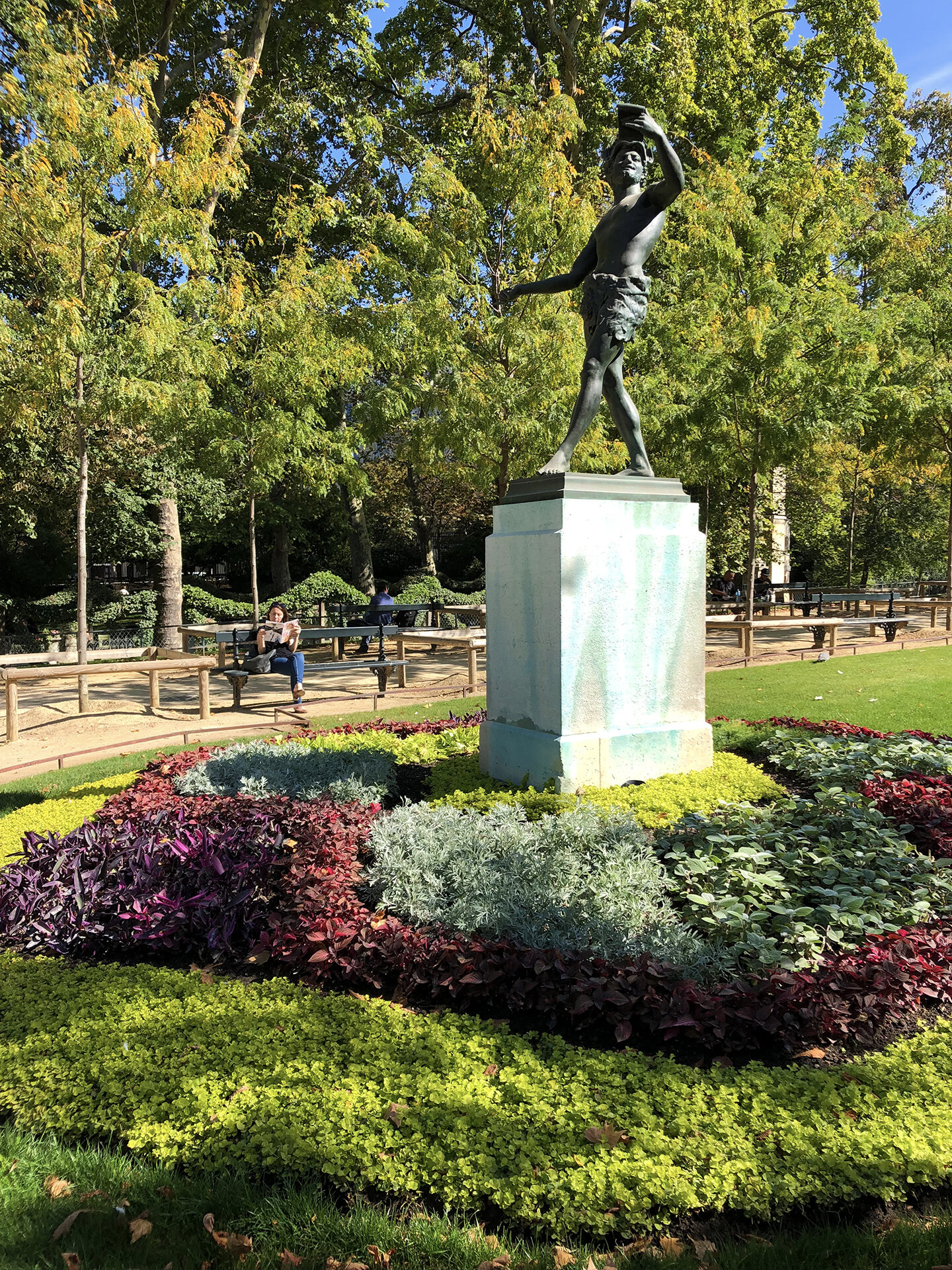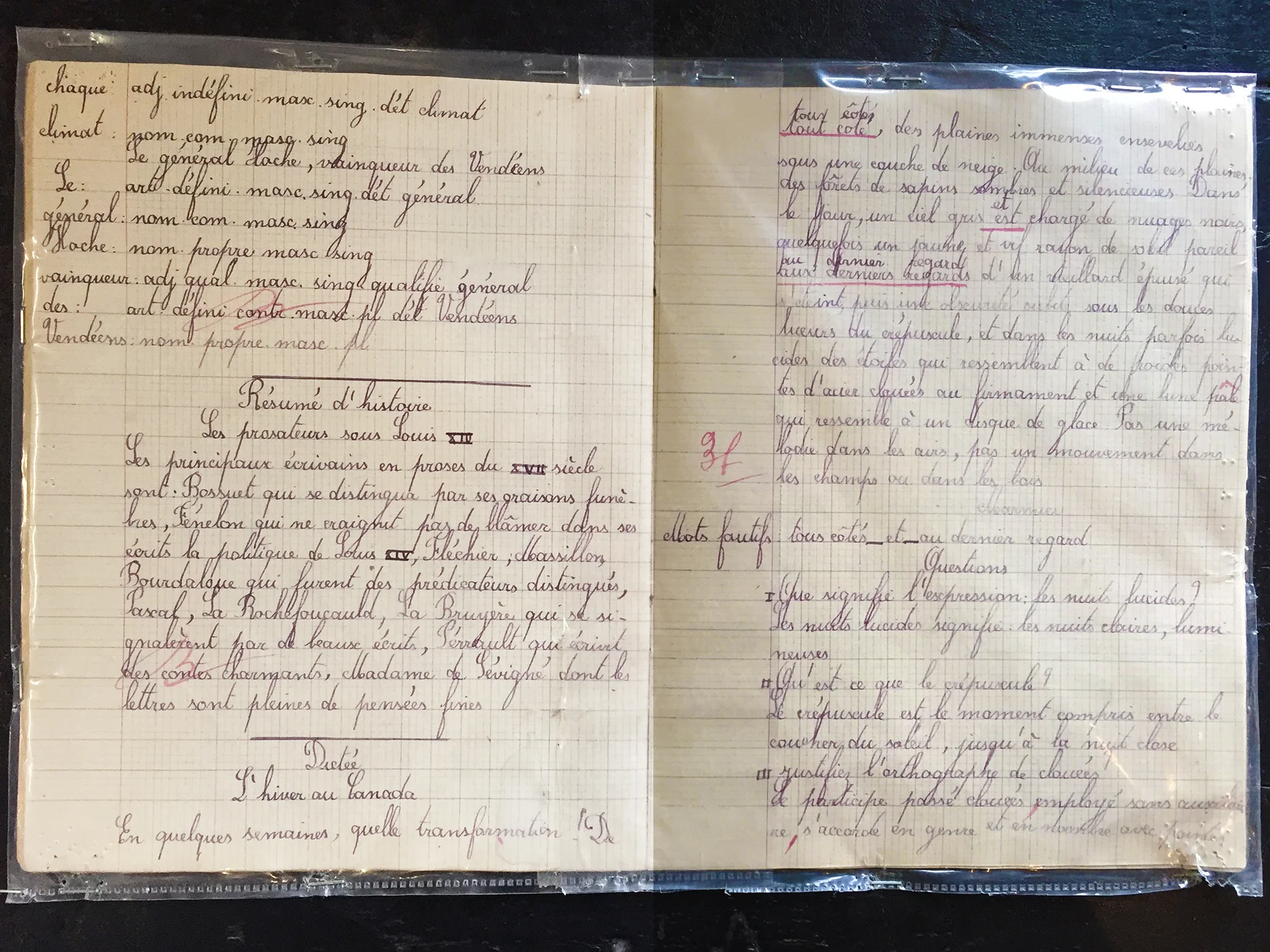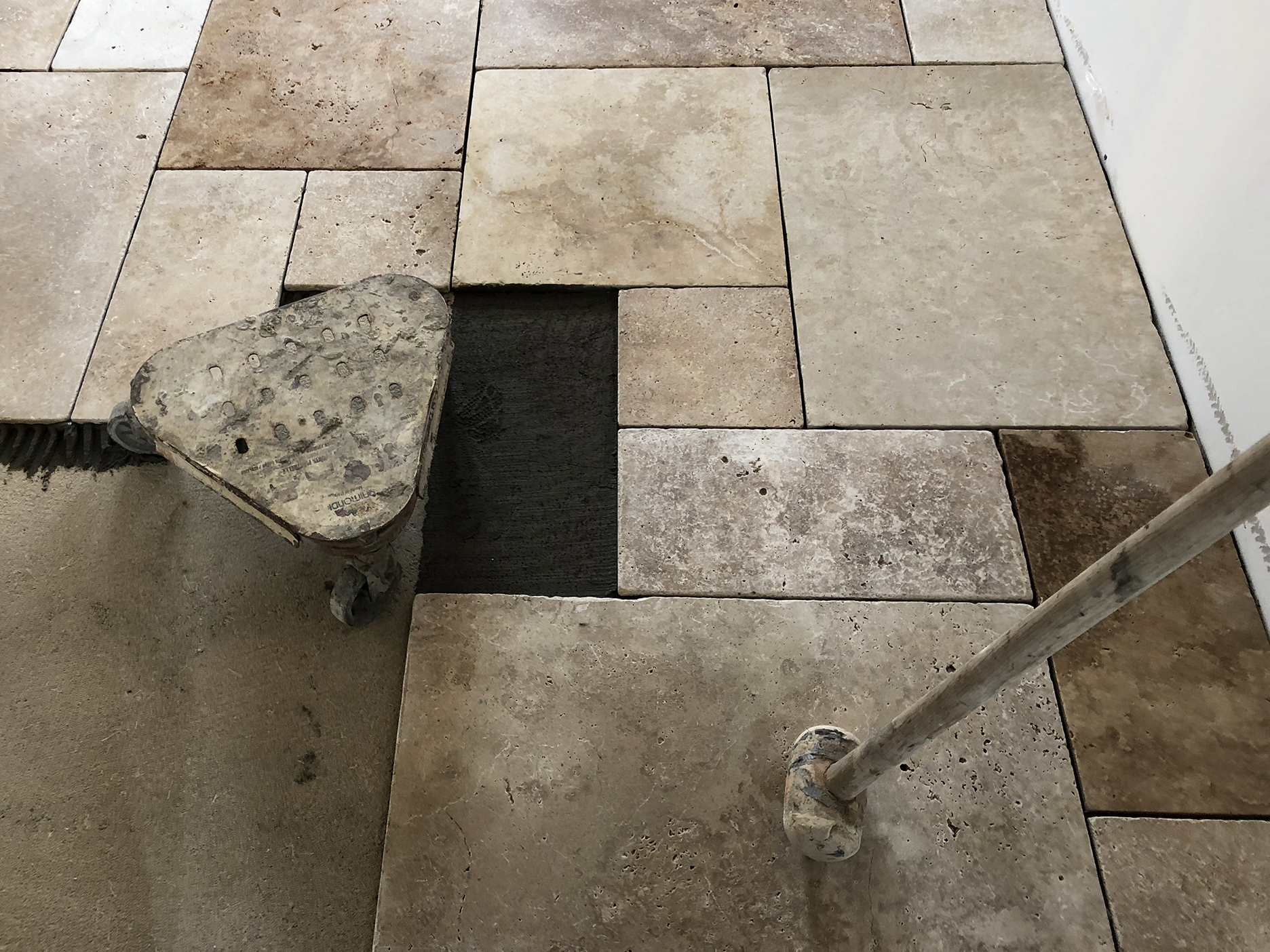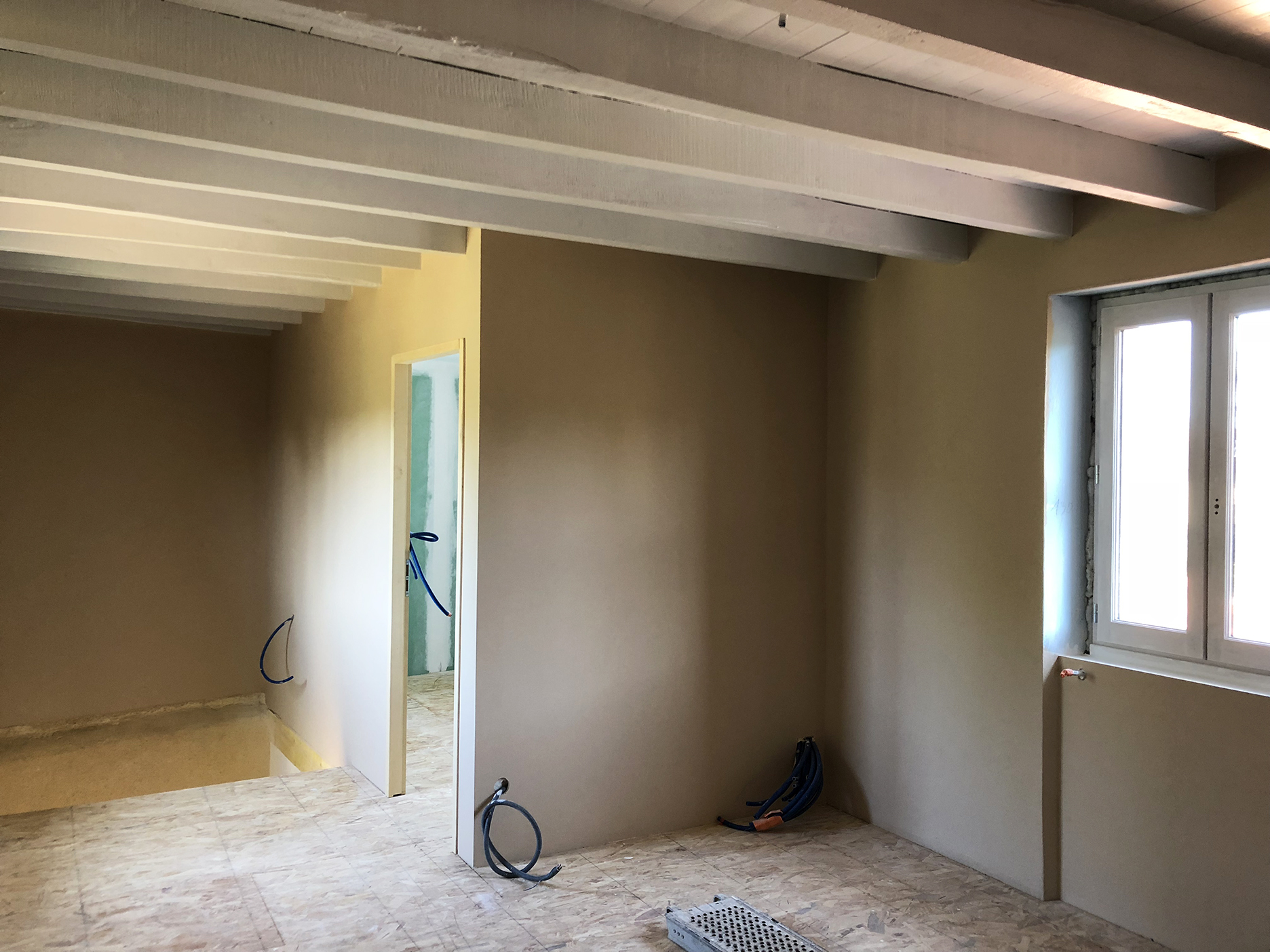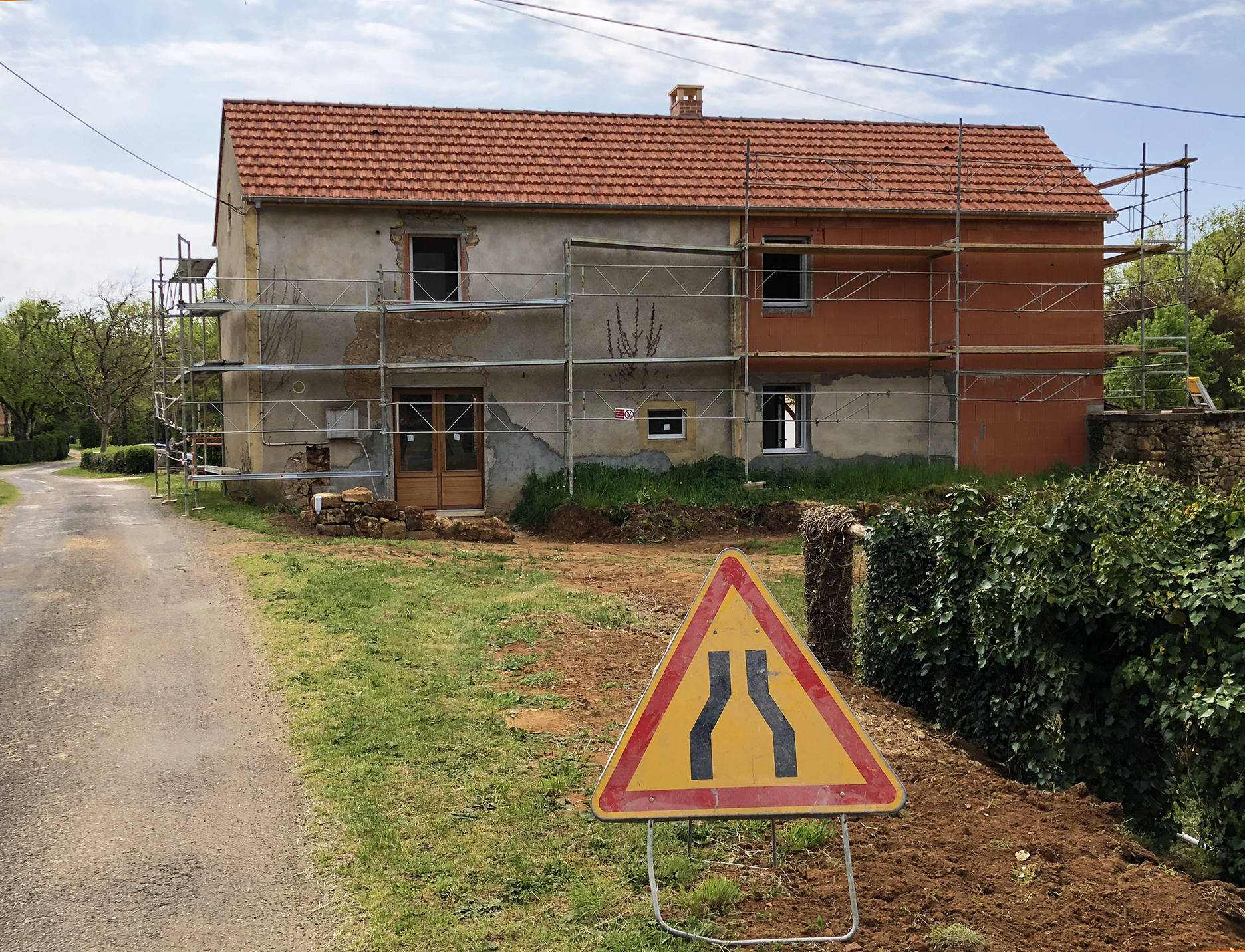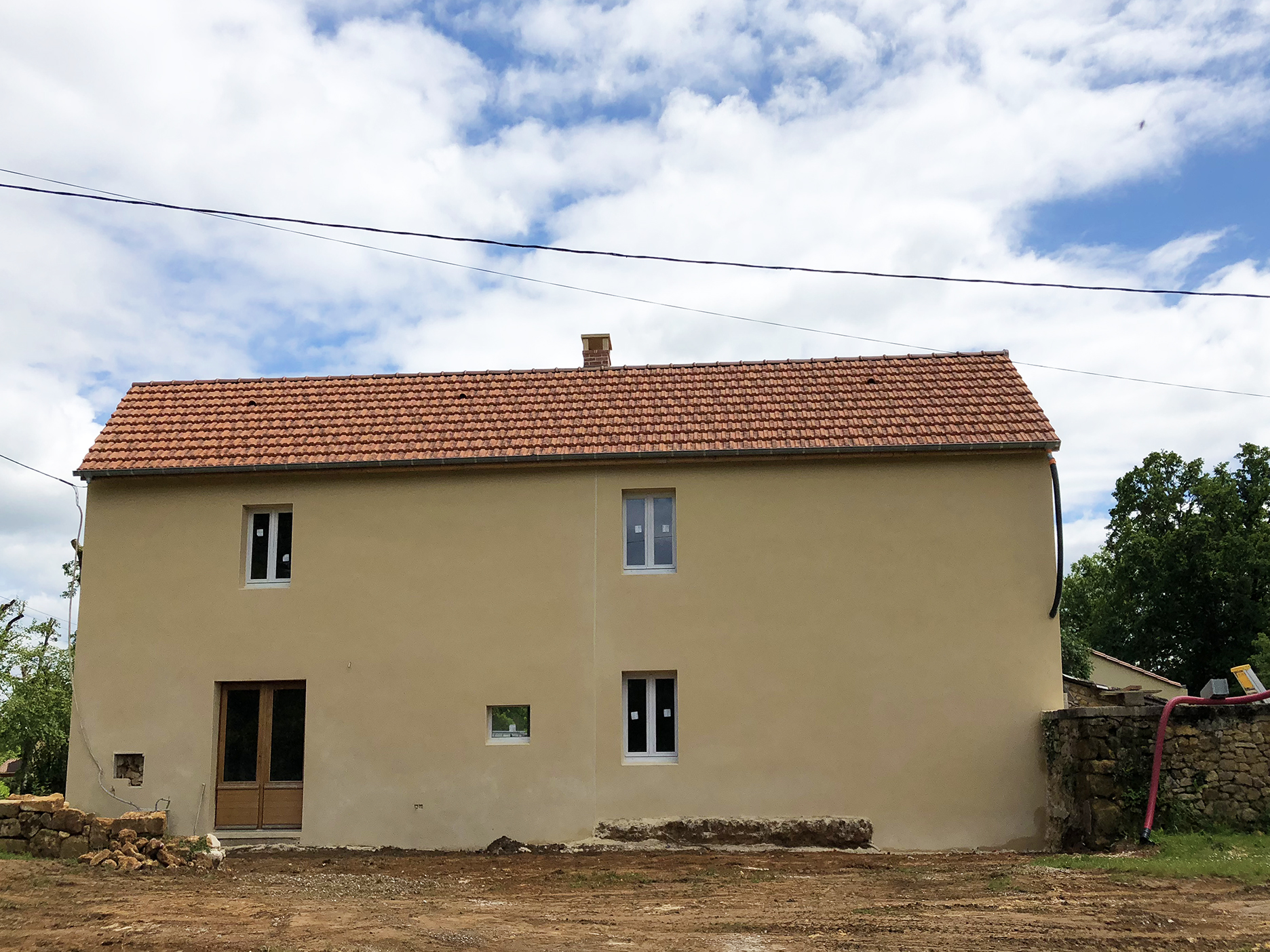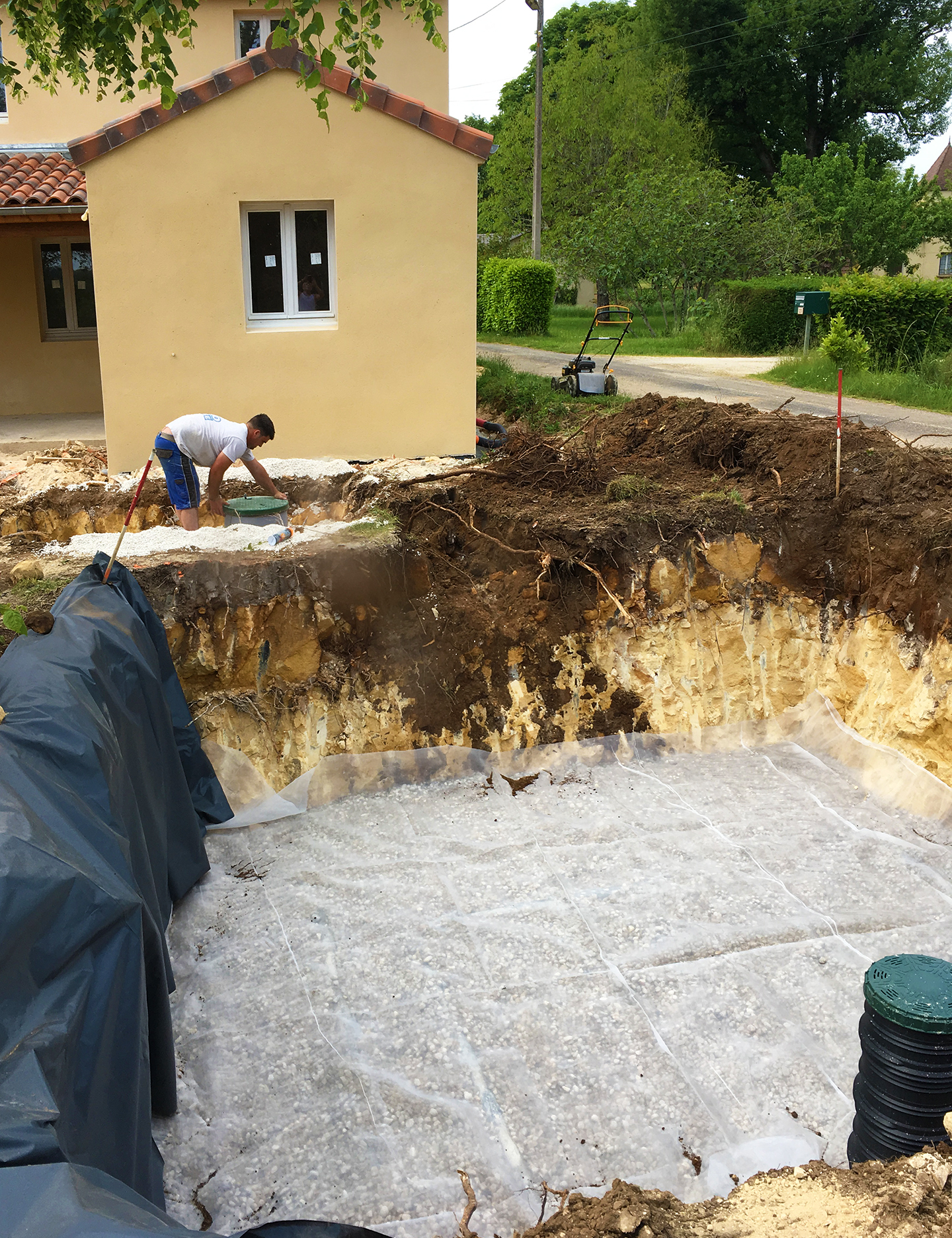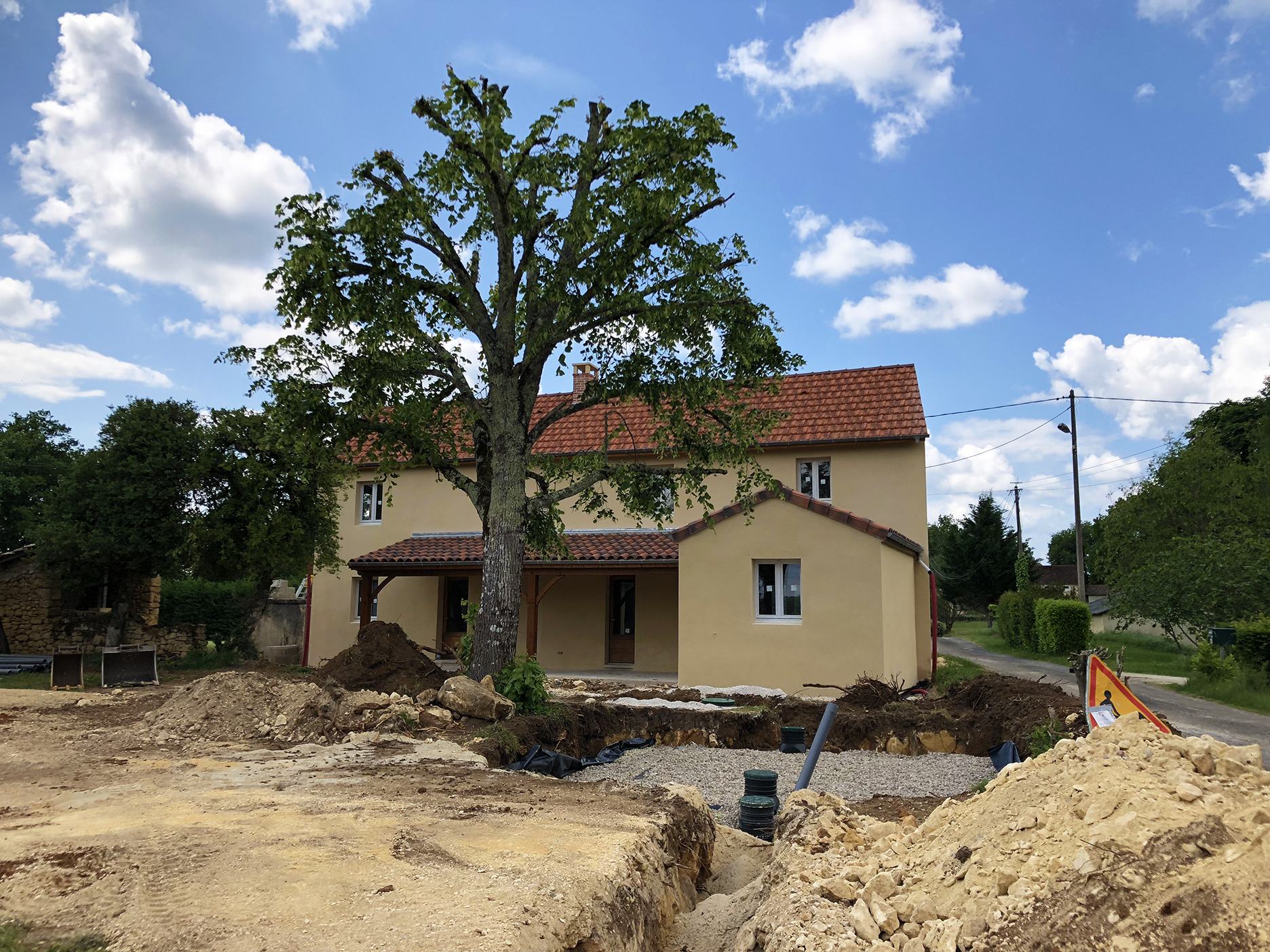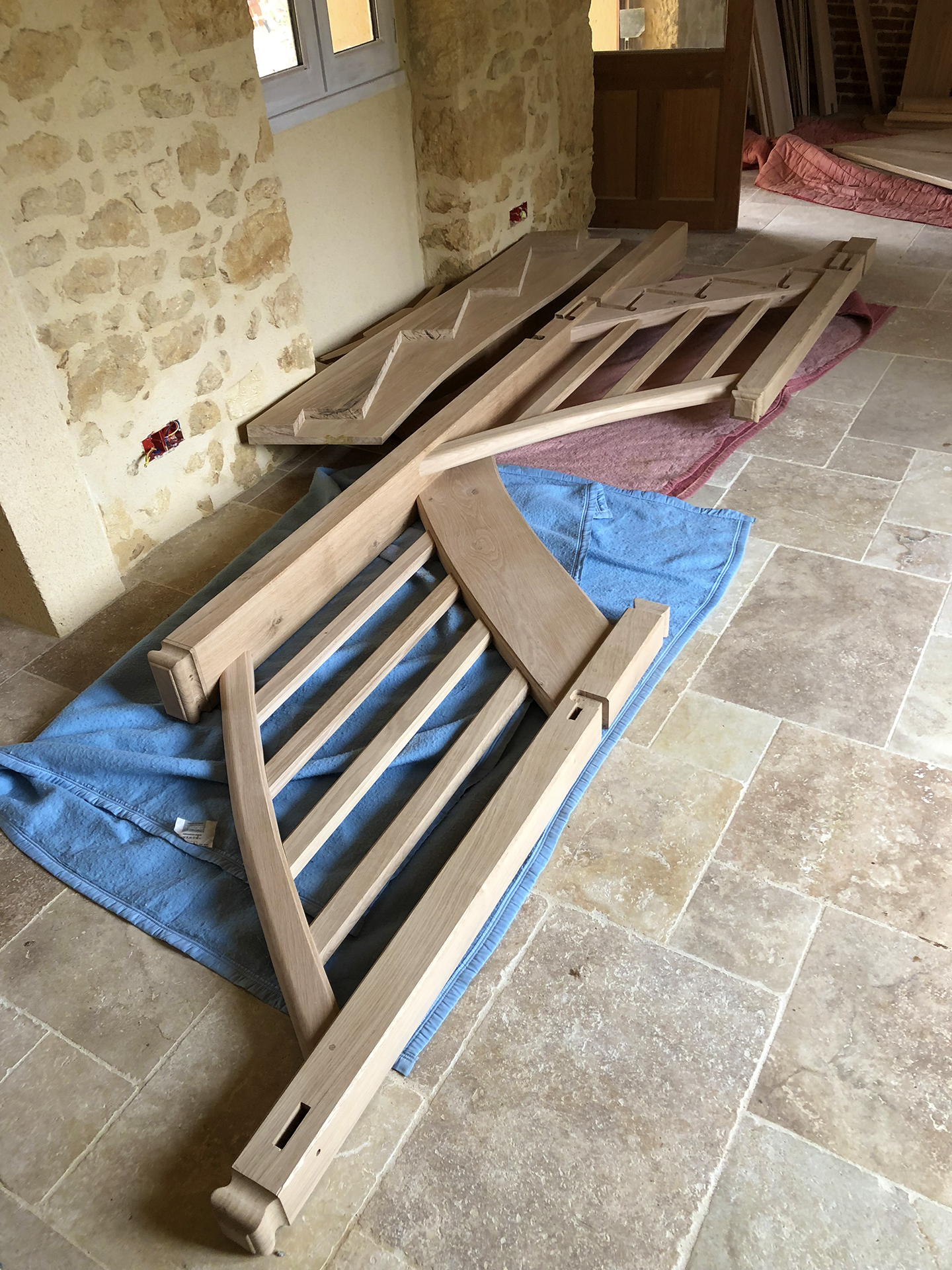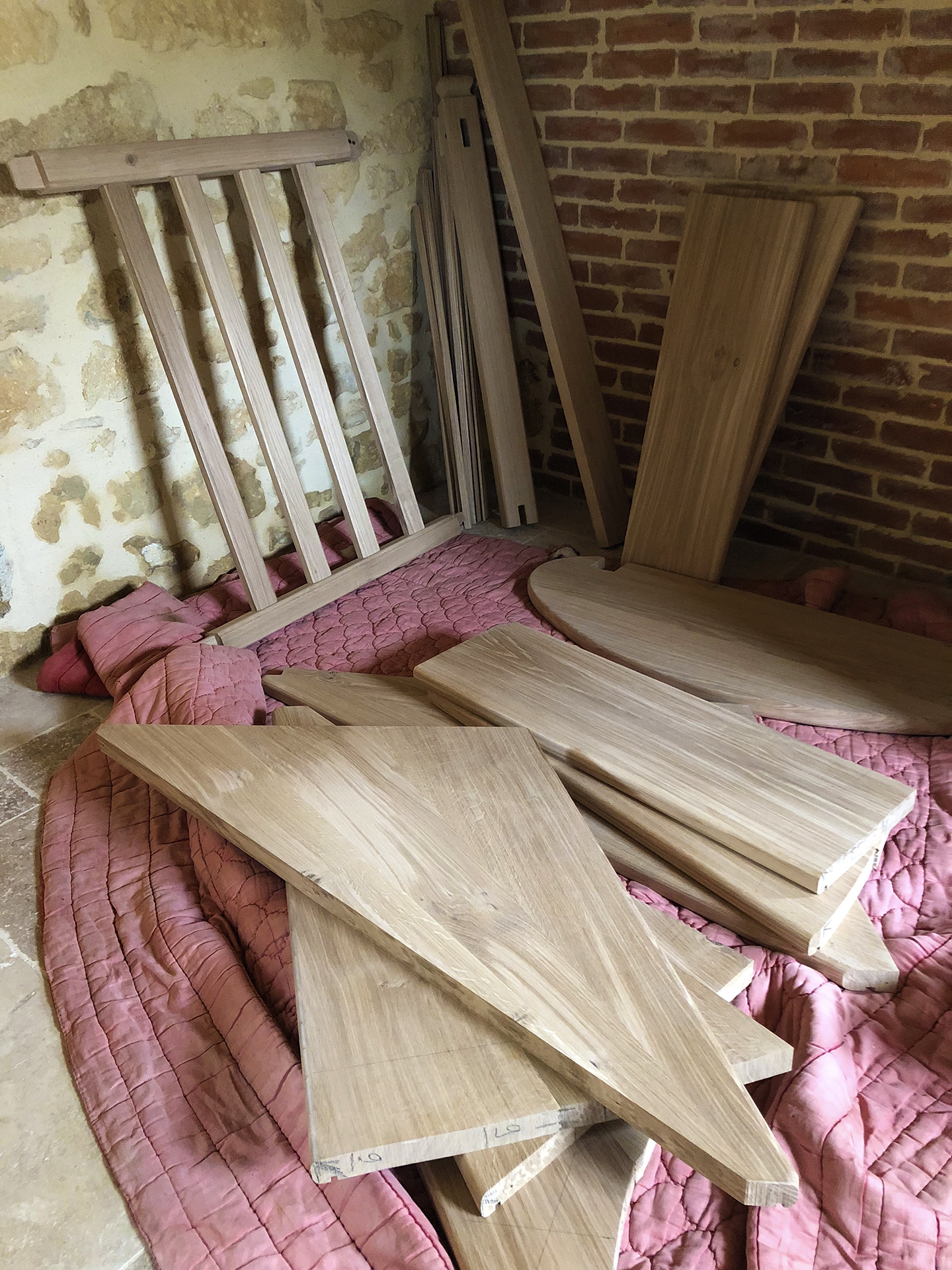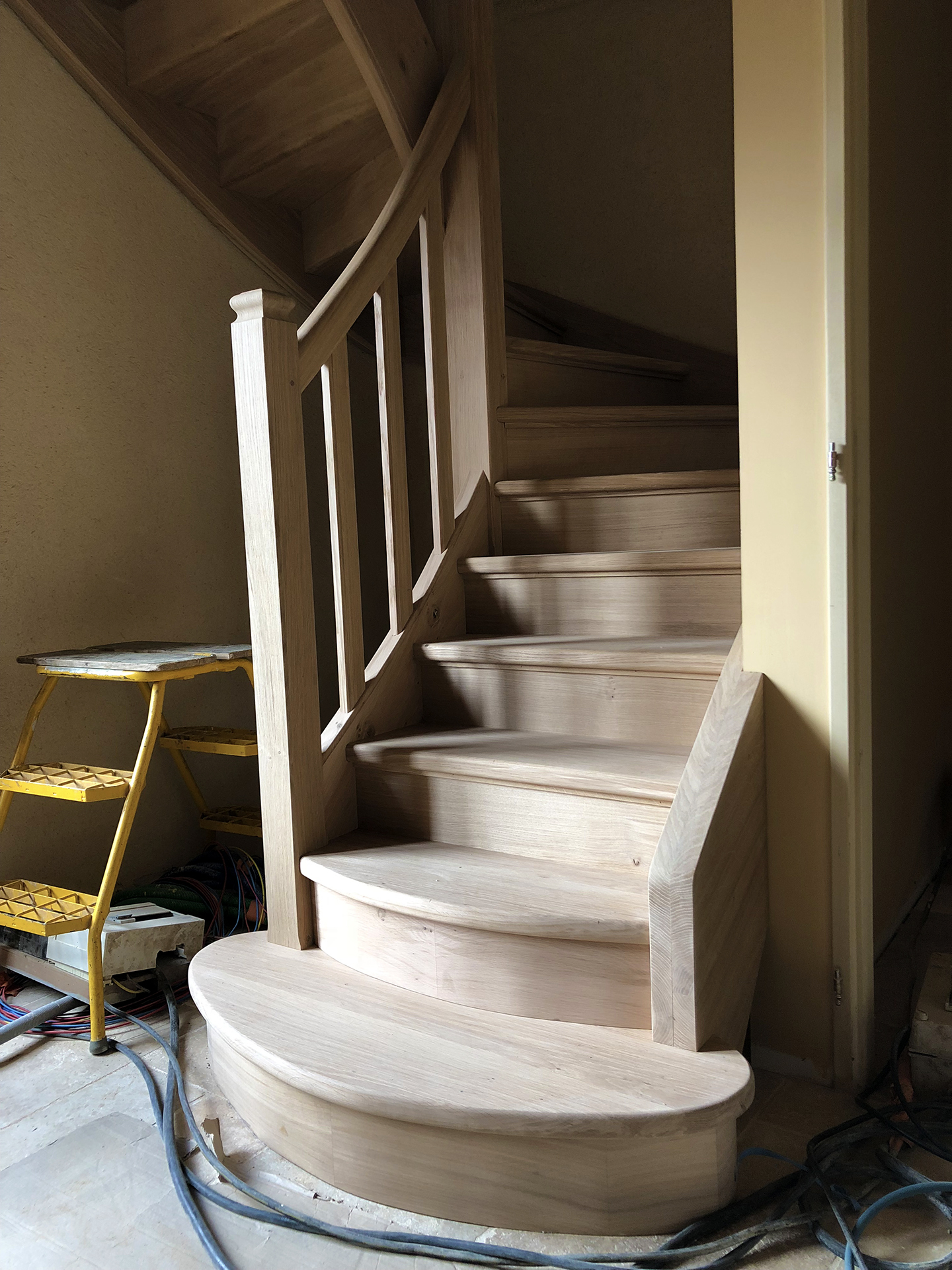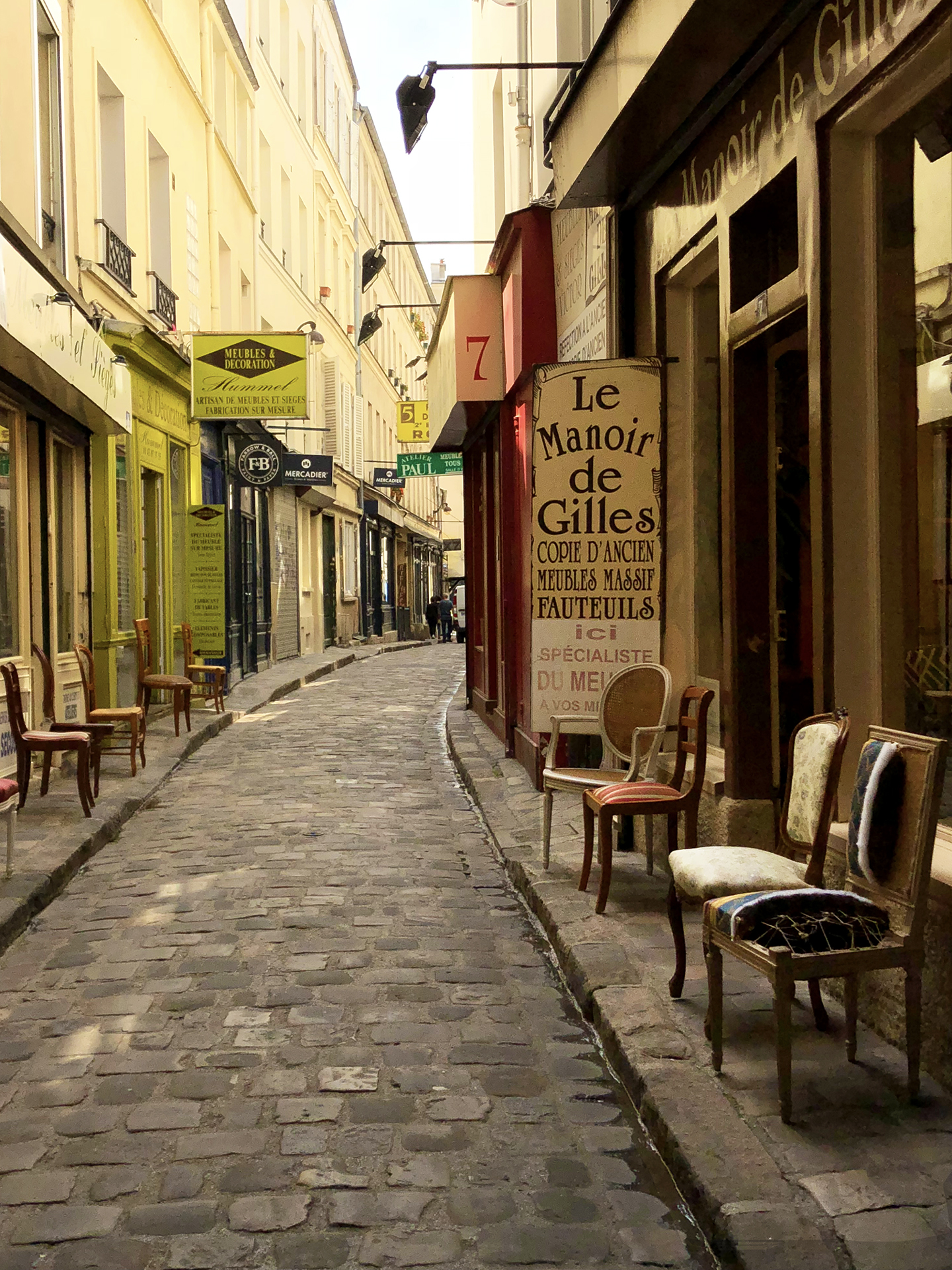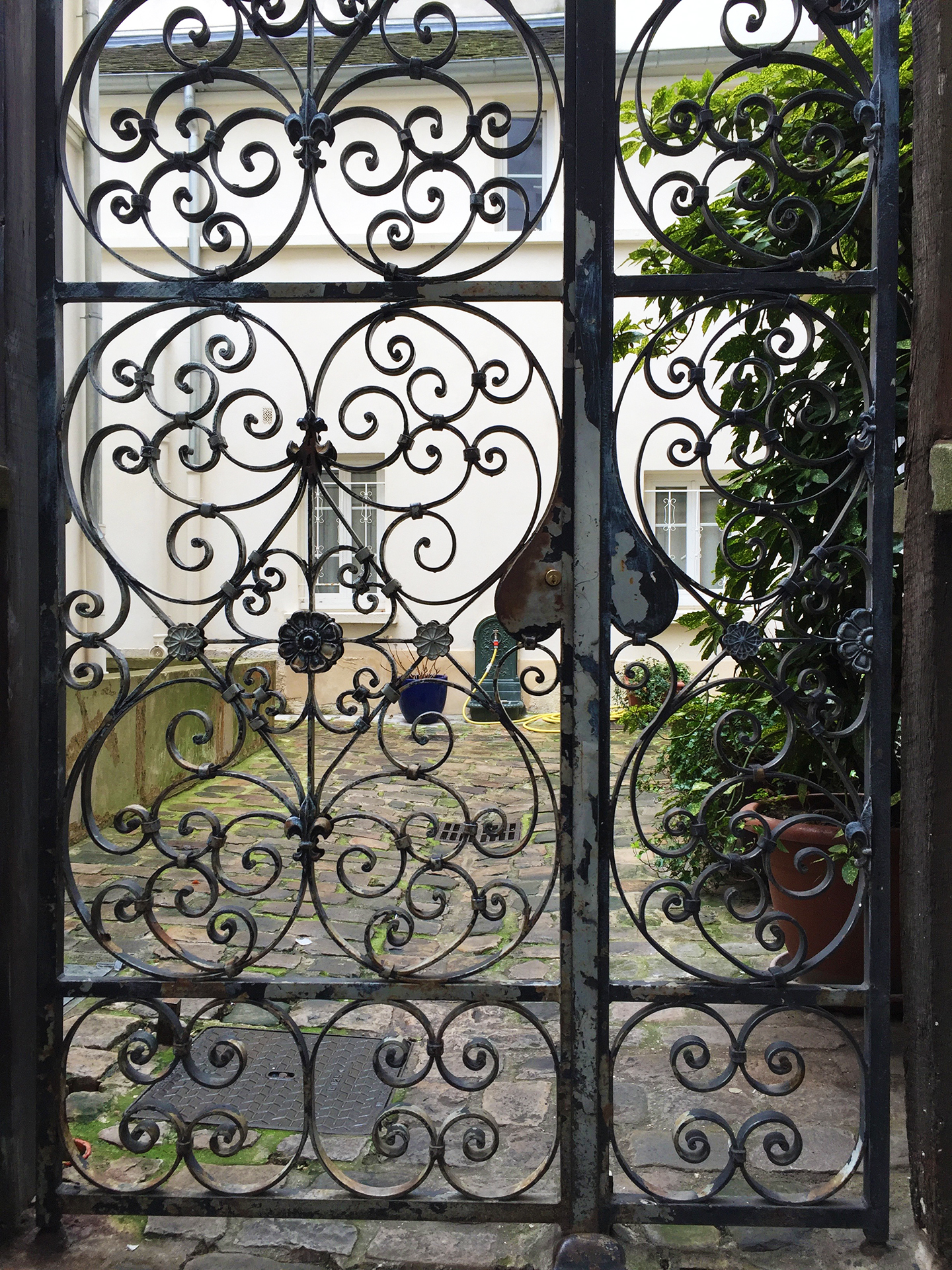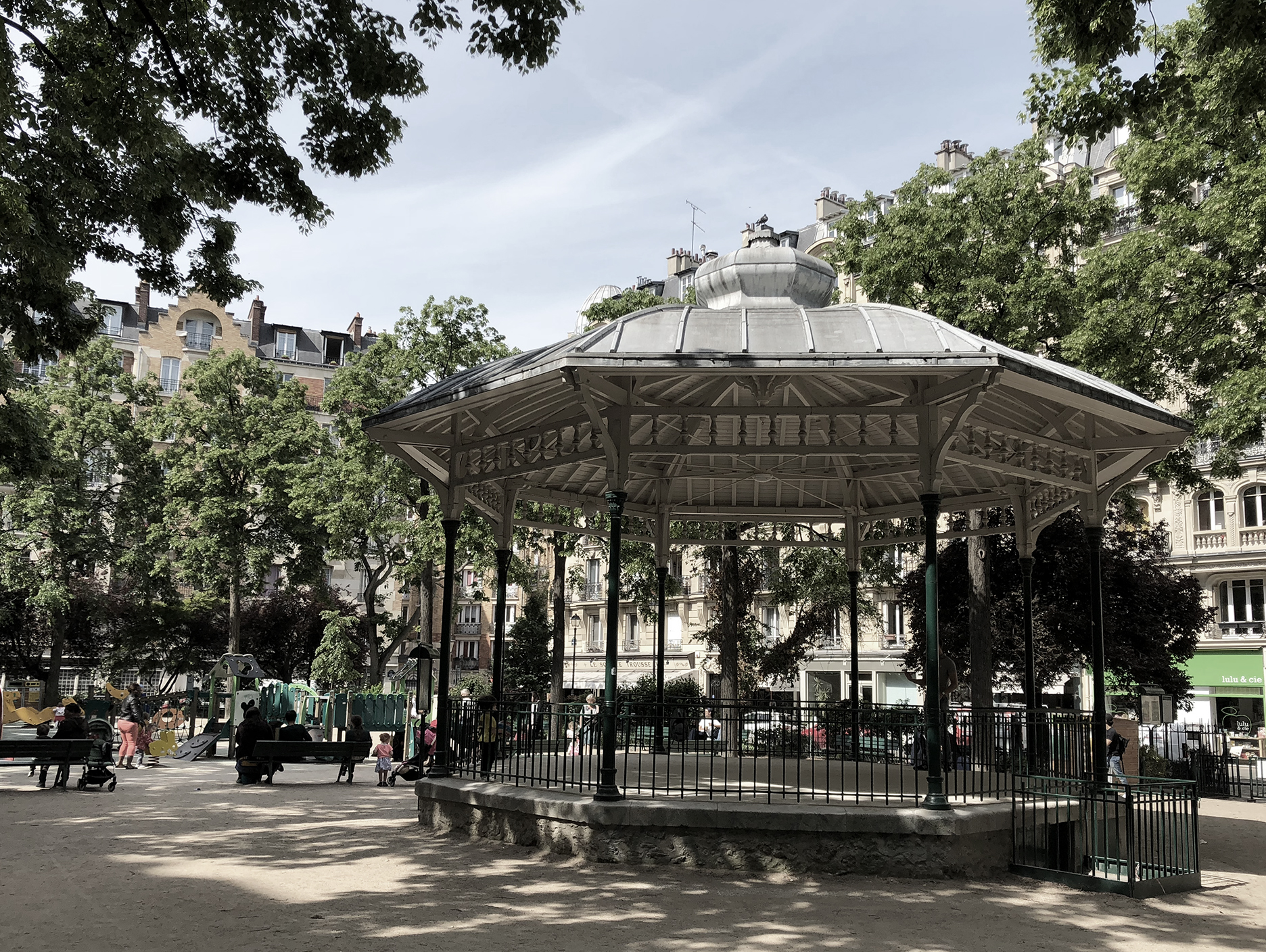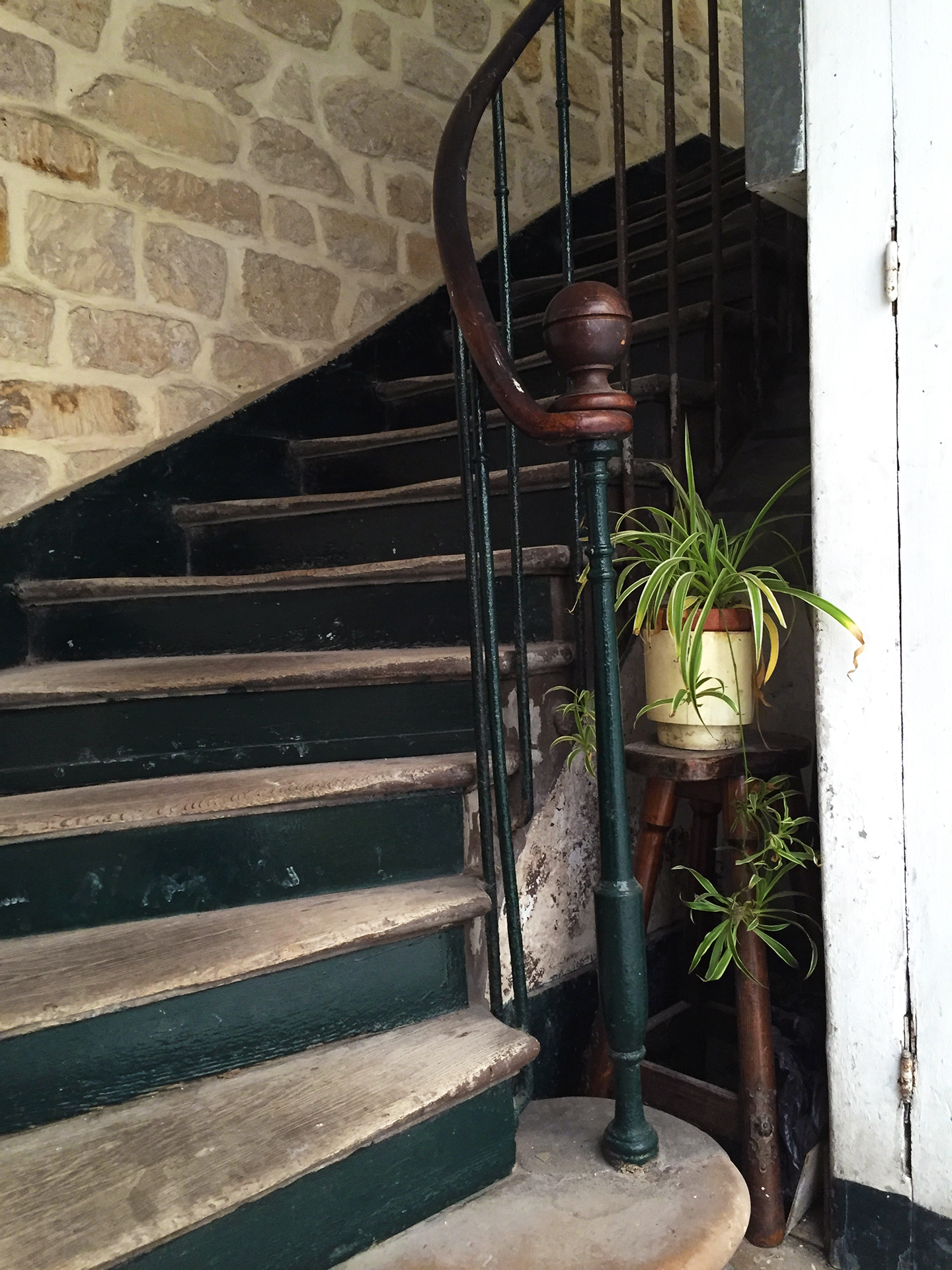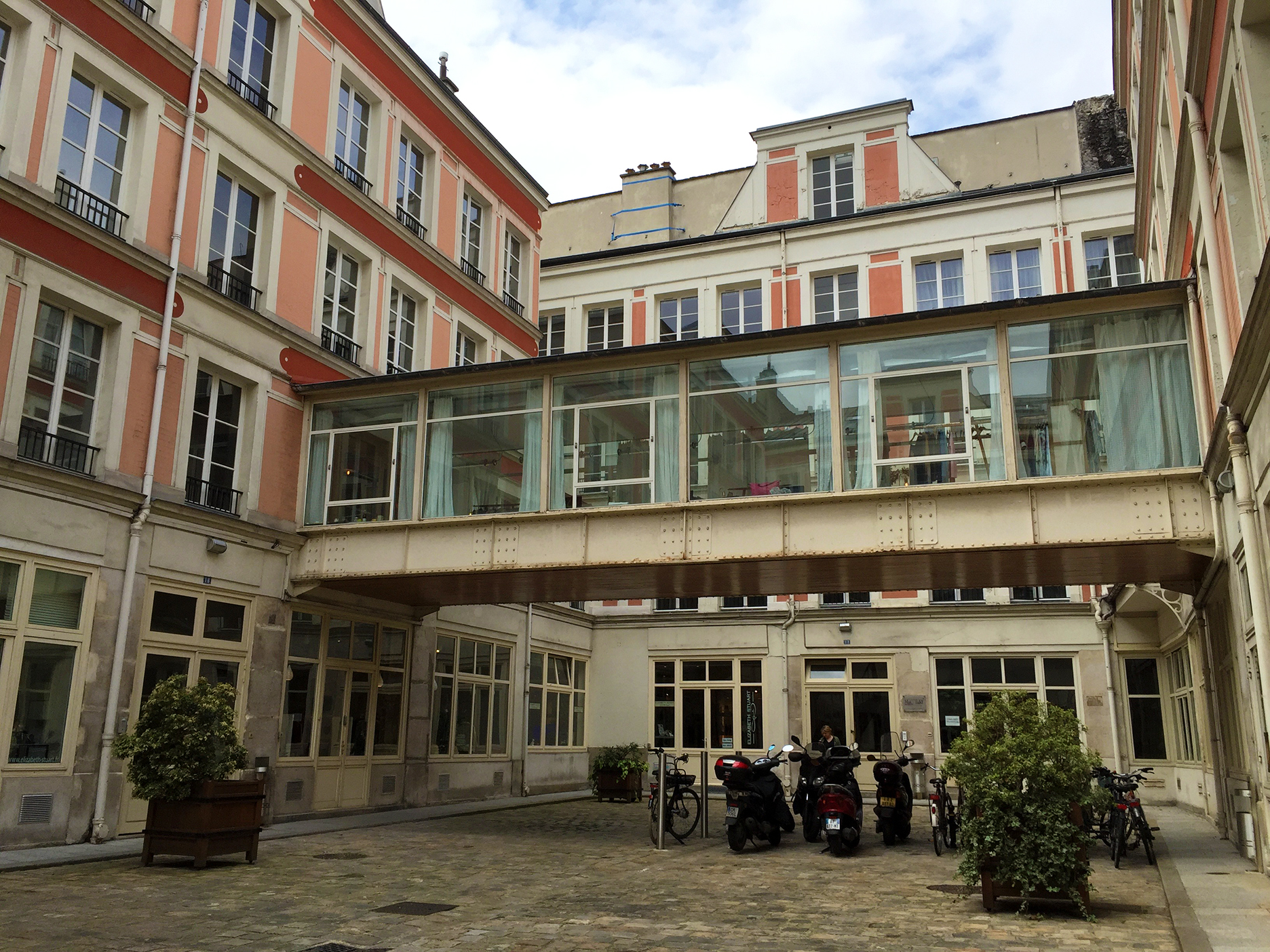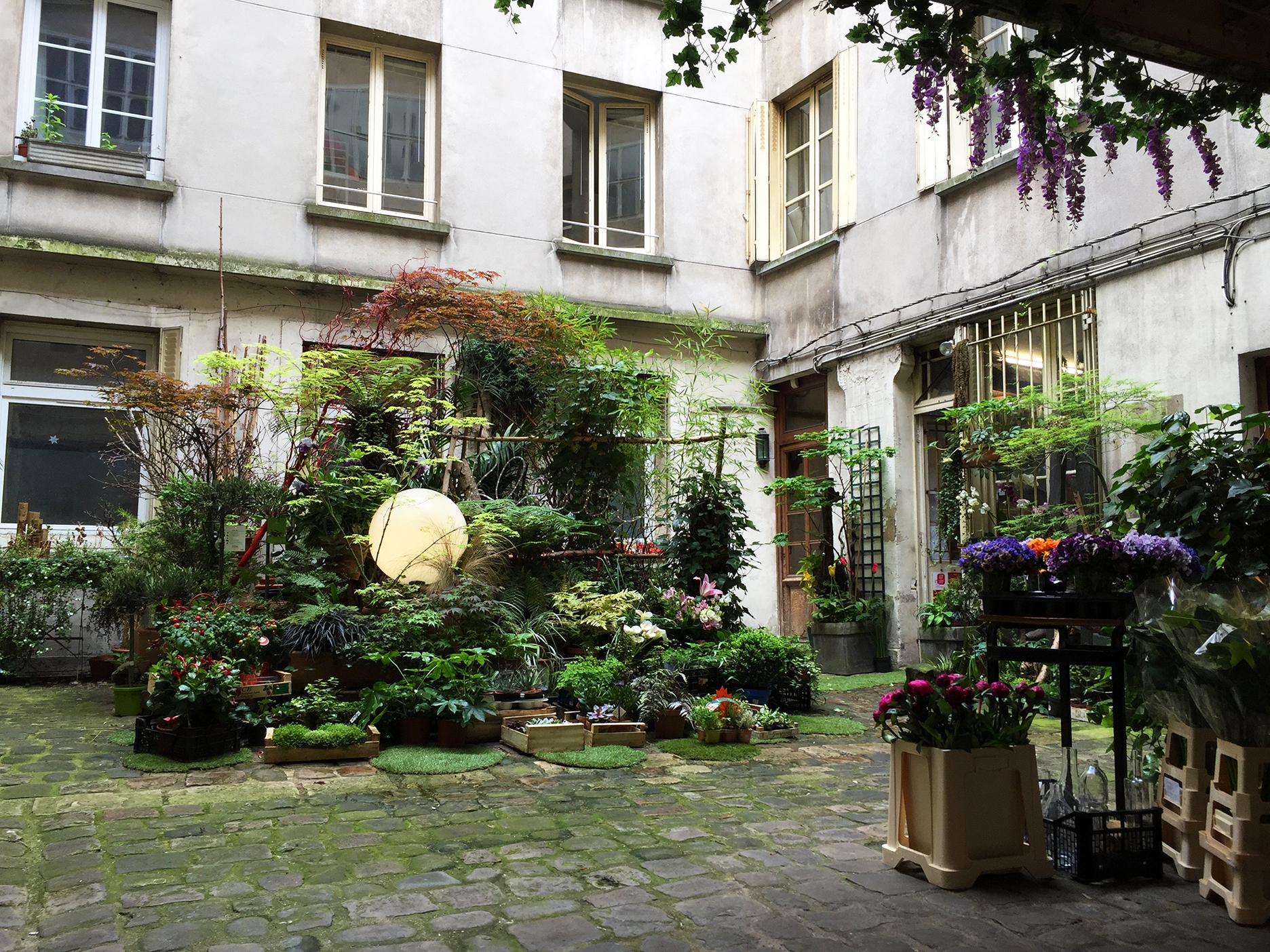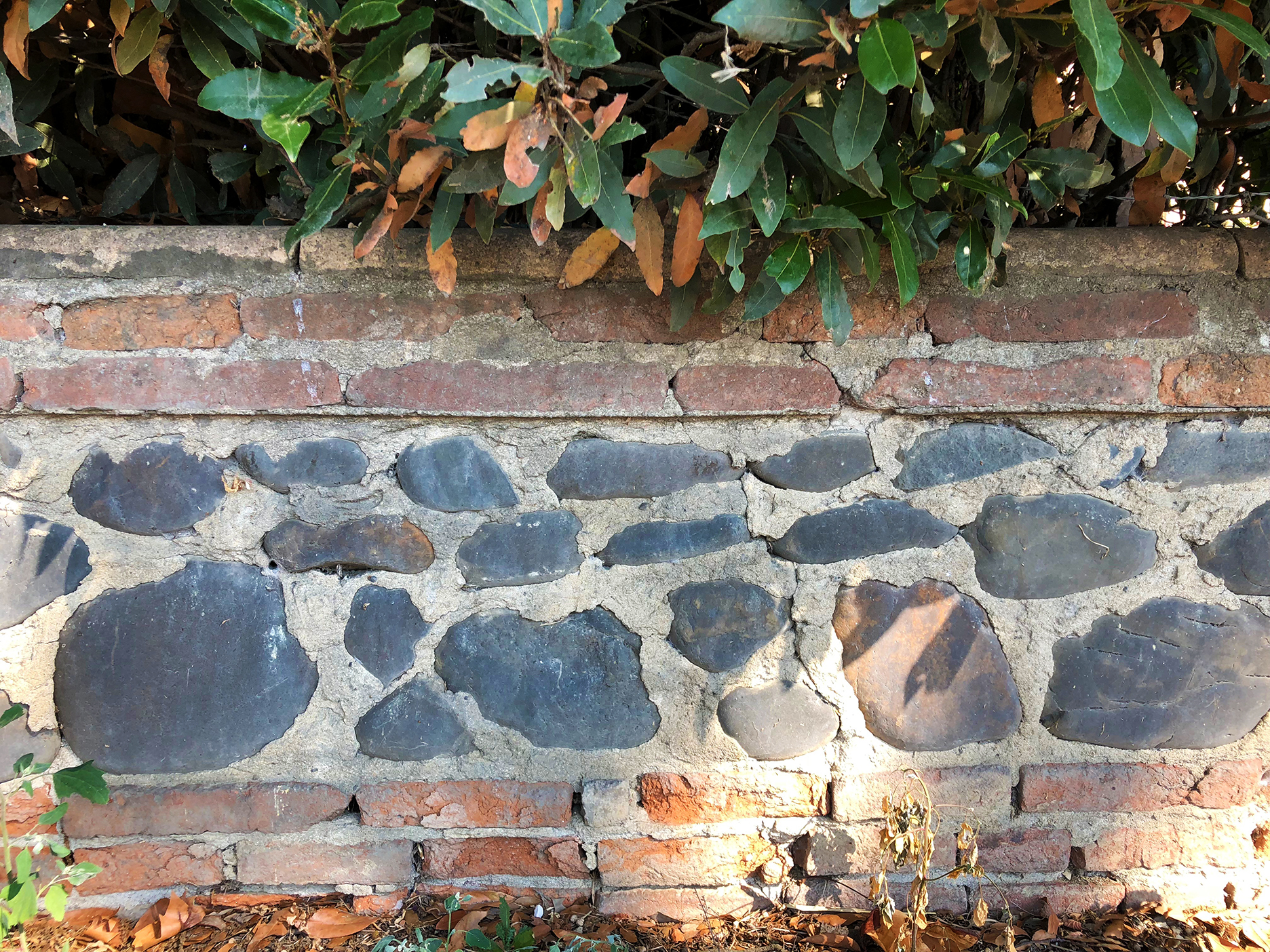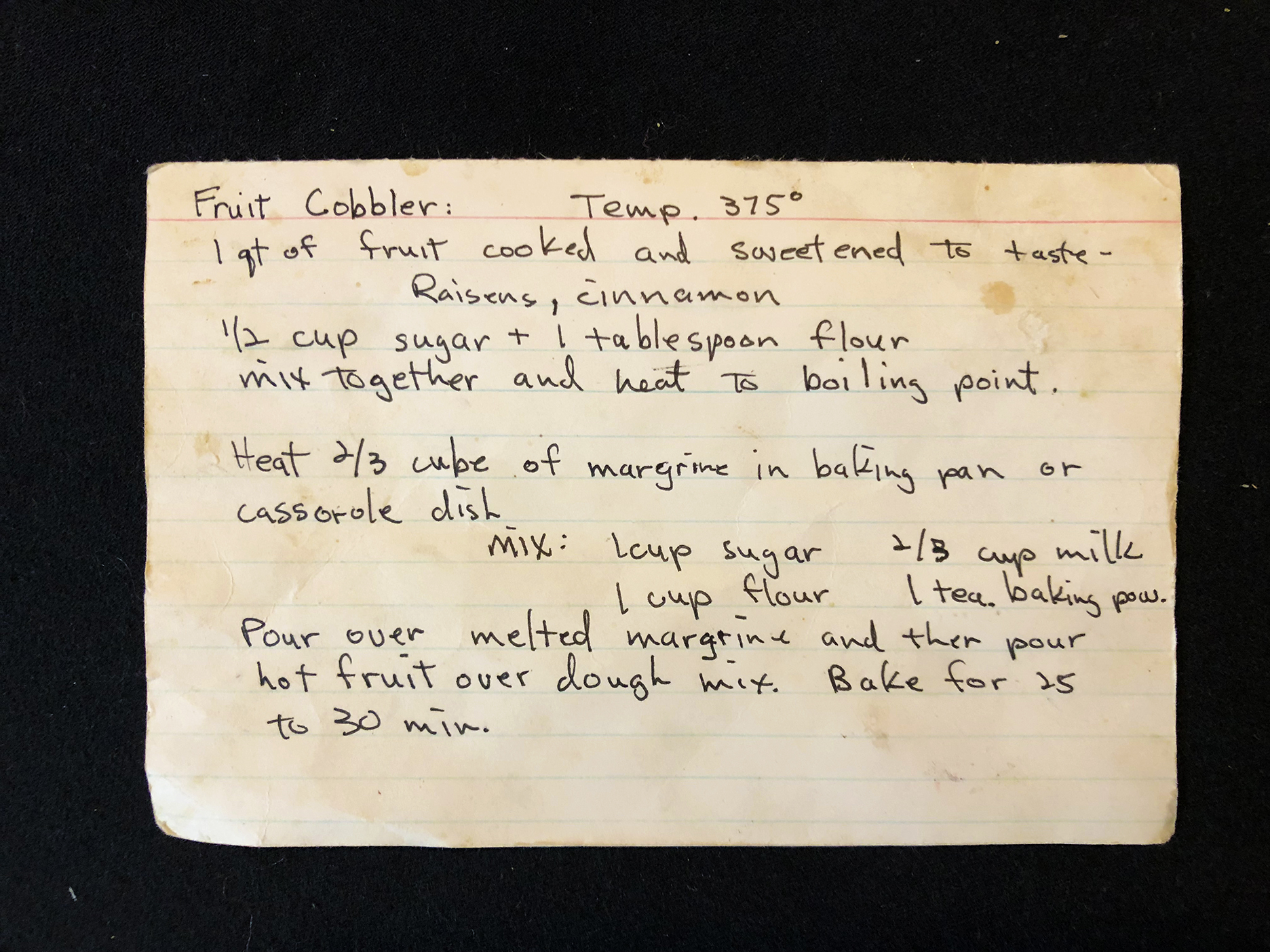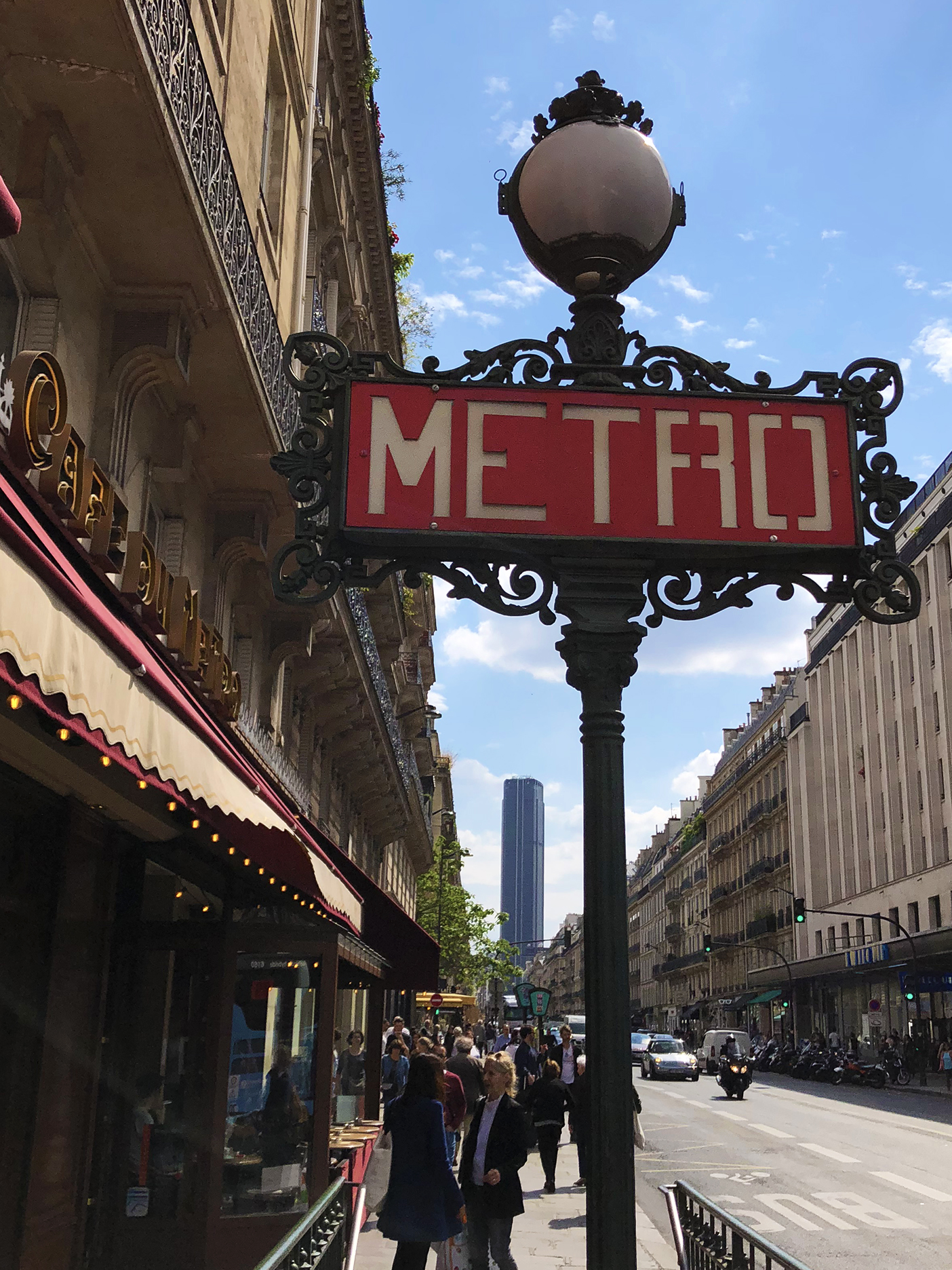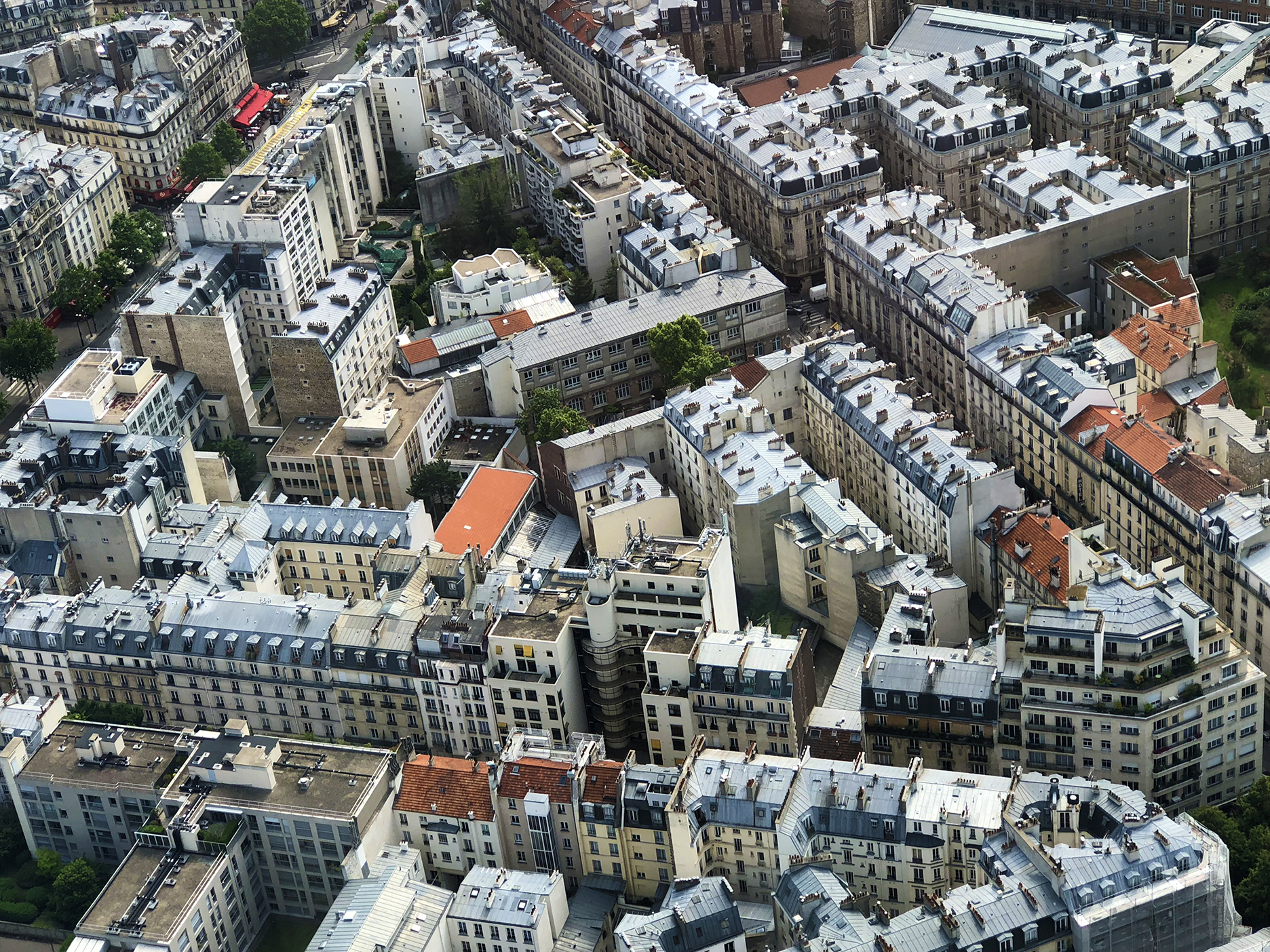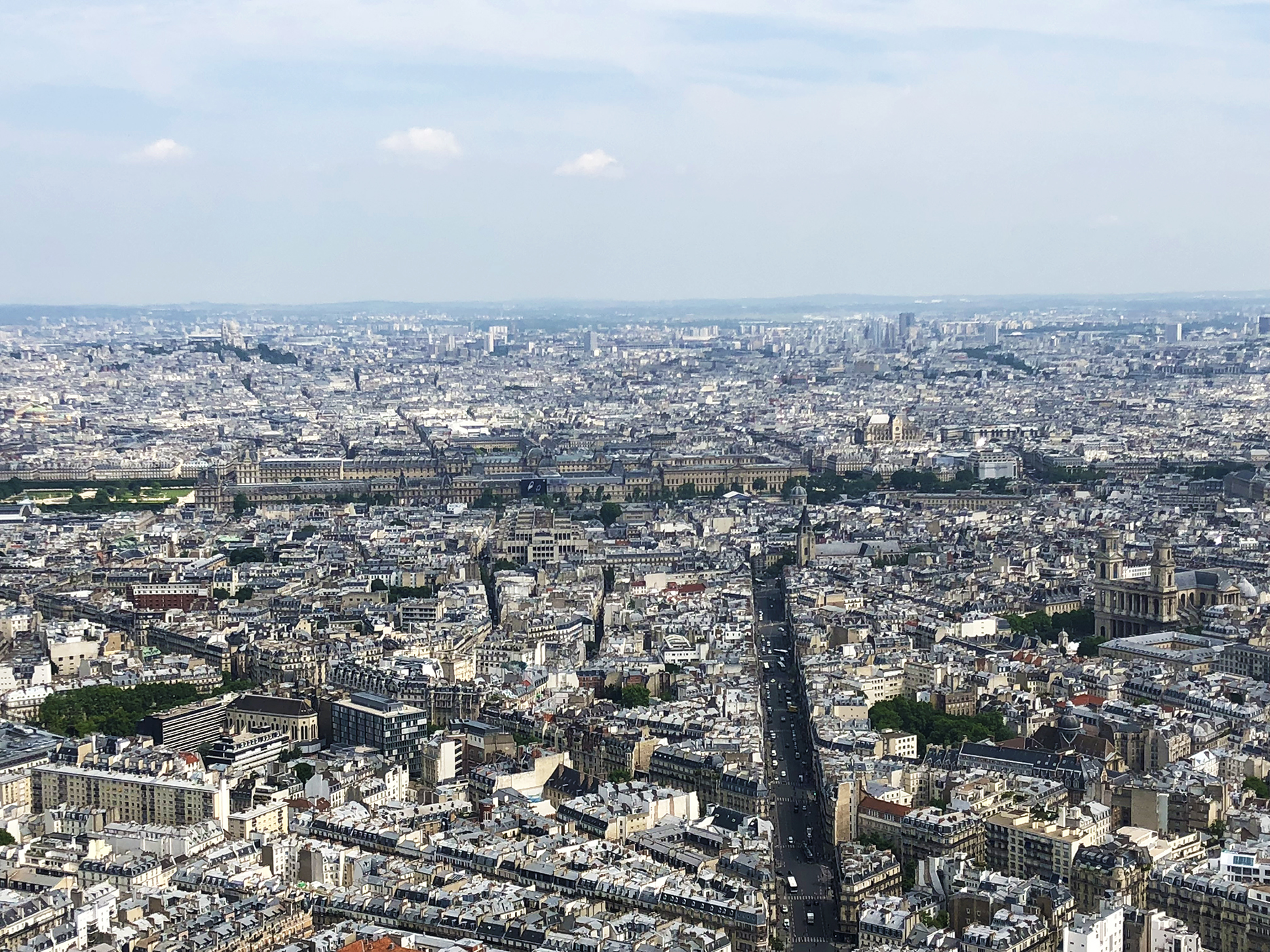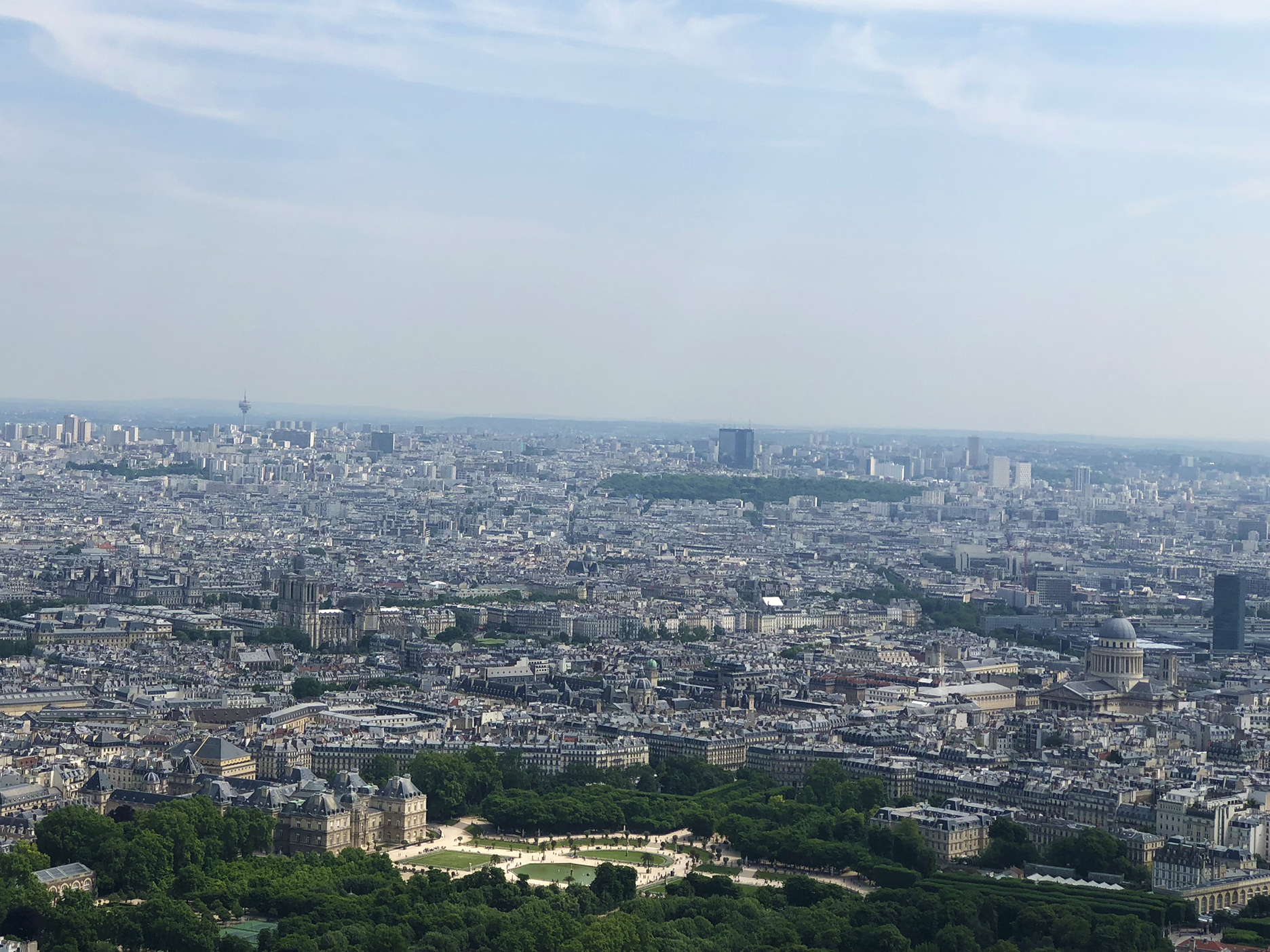My first visit to Milan lasted a mere fifteen hours and seven of them were spent in the seediest hotel I’ve ever walked into. For thirty years, Milan conjured up memories of questionable bed sheets, fantastic pasta, and a private moment with a masterpiece.
Cloister at Santa Maria delle Grazie
Arriving at the stern Milan Central station on a late afternoon of October 1988, my friend Raegan and I flagged a cab and rode to Santa Maria delle Grazie with only fifteen minutes to spare before the church closing time. We quickly dropped off our luggage at the entrance and walked into the convent’s refectory. In the middle of a huge restoration effort, the fresco on the back wall dominated the large dining hall: Leonardo’s The Last Supper was looming over us and another three or four visitors. It’s crazy to think that we just waltzed in and had the place virtually to ourselves: nowadays restricted timed tickets sell out months in advance.
Tickets are required to enter the refectory and view The Last Supper; the church itself and the cloister are open for free.
Three decades later, we decided to return to Milan for a proper visit. We opted not to secure tickets to The Last Supper, probably for fear of diluting our original emotions, but we did take the subway to reach the church neighborhood as it seemed to be lined with older buildings that opened onto lovely courtyards.
Your typical Milanese courtyard…
Not too shabby either
I am a sucker for courtyards. When I stroll the streets of Paris and notice a resident punching numbers on a digicode, I always pause and steal a peek inside the door. Sometimes, I even walk in to experience a quiet moment in the big city. Most of these cours intérieures belong to private apartment buildings but, once you’ve passed through the porte cochère, you can usually explore at your leisure.
Love the wrought iron gates!
Stately
Milan is a bit different in that respect. The large inconspicuous street doors are often left open but lead to wrought iron gates that don’t allow you to walk into the courtyards themselves.
Wow!
Many examples of coffered wooden ceilings, too.
The fer forgé is truly remarkable: those gates are both strong and delicate, practical and artistic, intricate and decorative.
I love the shadow of the gate, too!
So many courtyards, so little time…
Beyond the gates, courtyards are usually framed by columns and marble is lavishly used. As is typical of European cities that were built before construction materials could easily transit by train or trucks, local quarries supplied the stone. In the case of Northern Italy, it is marble: white, pink, red, blue-grey, black…
Care for some marble?
So elegant!
While I was not surprised that the Duomo (cathedral) would be completely built of marble, I did not expect to see so much of it used in “regular” housing: the charming interior courtyards I photographed were not hidden behind the facades of fancy historic palazzos.
Marble floor detail
Carving and sculpting marble also produces chips: they are recycled to compose mosaic-like flooring that often graces the entrances.
Wouldn’t you like to take classes in such a serene environment?
Palm trees!
A Milanese courtyard typically features stone fountains, exotic trees, trimmed bushes, and colorful flowers either in dirt or in pots, all arranged in an orderly fashion. It’s an elegant look but not overly formal.
When the gate is open…
Occasionally, it looks more like an English-style garden where the vegetation is free to “do its thing” without too much human coercion.
I hope you didn’t miss all the fancy light fixtures…
Courtyards have been a staple of Milanese architecture since the Renaissance and I imagine that, at one point, horses and their noble riders passed through the colonnades and quenched their thirst at the fountains. Nowadays, metal gates permit entrance only to bicycles and pedestrians. It makes these secluded places even more secret, enticing, peaceful, and photogenic than their Parisian counterparts.
So, which one was your favorite?
Vocabulary
Le digicode: electronic door lock with a numerical code
La cour intérieure: enclosed courtyard
La porte cochère: carriage entrance
Le fer forgé: wrought iron












